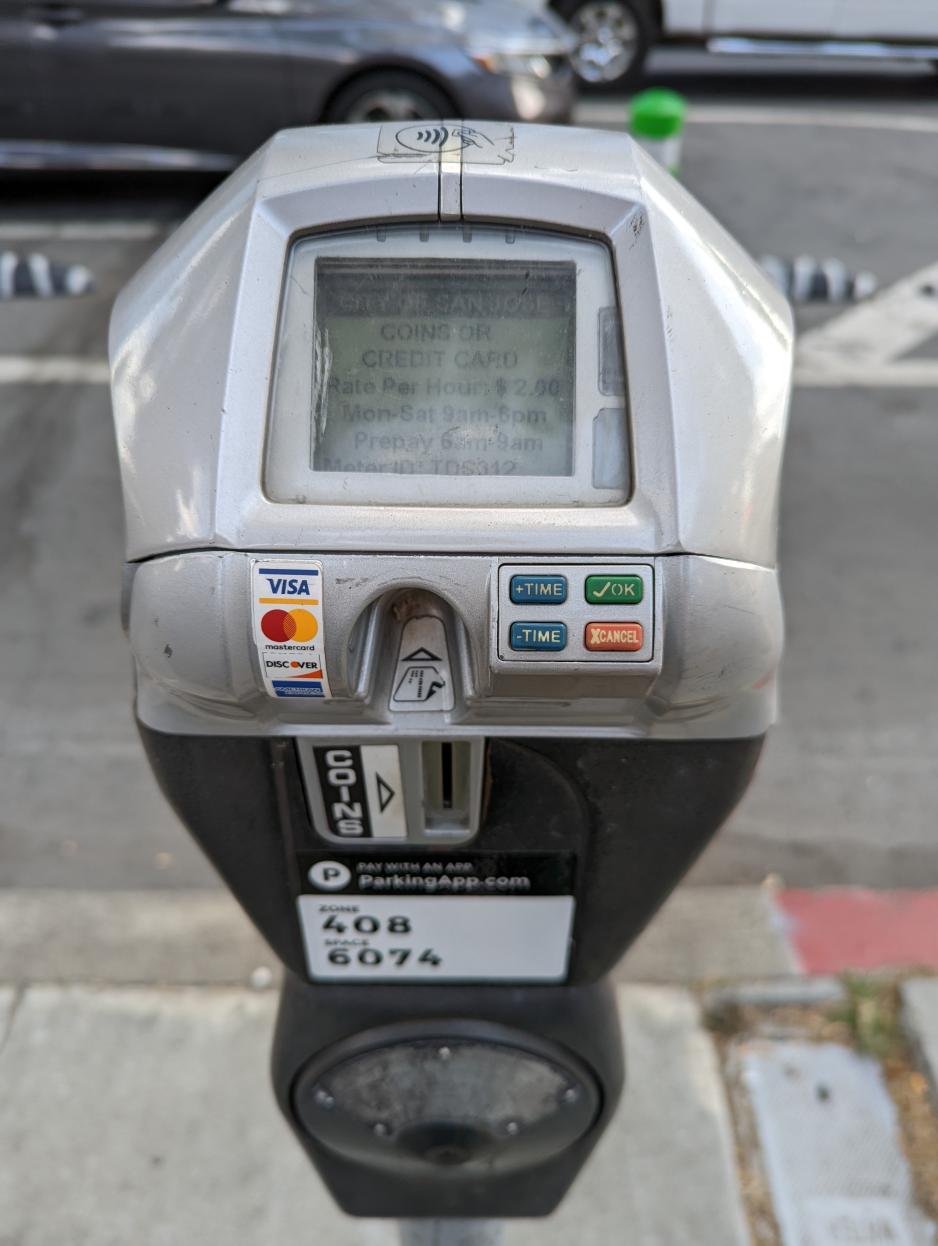Implement advancements in on-street parking technology to minimize circling, and to provide greater flexibility for inventory while increasing revenue.
Pricing, time limits and digital solutions are effective strategies to improve on-street parking.
- Launch dynamic pricing programs with target parking occupancy rates between 70% and 90% per block to reduce congestion and parking cruising times.
- Shorten parking time limits to encourage higher turnover.
- Use digitized data to implement digital traffic signs to display variable messages that would provide greater efficiency and flexibility, reduce cost, and de-clutter, through the reduced use of static on-street signs.
- Enhance management of curb space to actively blend on-street, loading and rideshare activities, and allow for flexibility in permit use by location, time of day, and day of week.
Body
